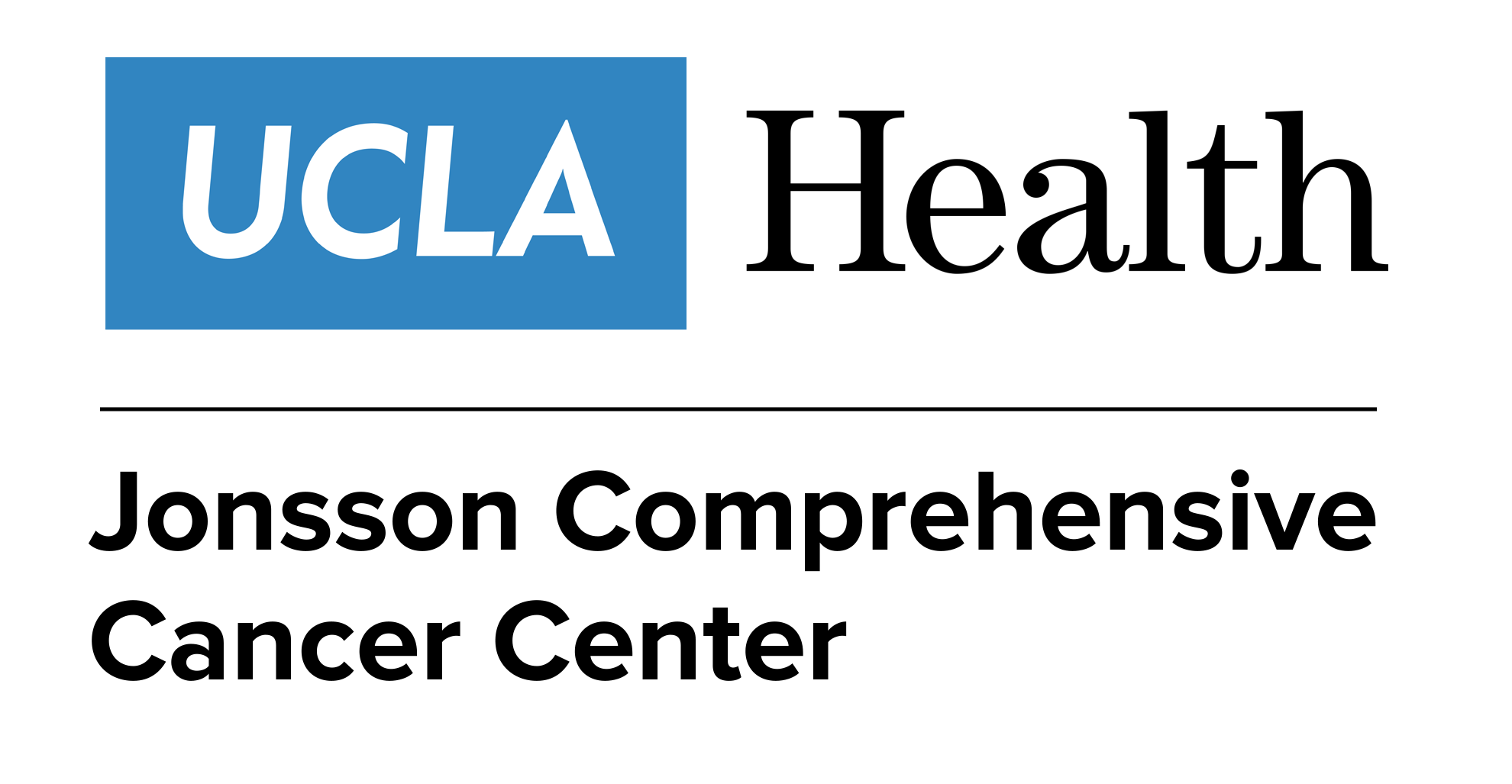- Advertise
- About OncLive
- Editorial Board
- MJH Life Sciences brands
- Contact Us
- Privacy
- Terms & Conditions
- Do Not Sell My Information
2 Clarke Drive
Suite 100
Cranbury, NJ 08512
© 2025 MJH Life Sciences™ and OncLive - Clinical Oncology News, Cancer Expert Insights. All rights reserved.
Dr Cummings on Adjuvant Osimertinib in EGFR-Mutant NSCLC
Amy L. Cummings, MD, PhD, discusses key findings from the phase 3 ADAURA trial in patients with non–small cell lung cancer harboring EGFR mutations.
Amy L. Cummings, MD, PhD, assistant professor, medicine, the Department of Medicine, Hematology/Oncology, David Geffen School of Medicine, University of California Los Angeles, discusses key findings from the phase 3 ADAURA trial (NCT02511106) in patients with non–small cell lung cancer (NSCLC) harboring EGFR mutations.
The double-blind ADAURA trial enrolled 700 patients with stage IB to IIIA NSCLC. Patients were randomly assigned to receive either osimertinib (Tagrisso) or placebo after surgical resection. Those in the osimertinib arm either initiated osimertinib treatment either 10 weeks after surgery if they did not receive chemotherapy beforehand or 26 weeks after surgery if they were eligible for and received prior chemotherapy. The primary end point of ADAURA was disease-free survival (DFS), and the trial was powered to detect a DFS hazard ratio (HR) of 0.70.
The primary efficacy findings, which were presented at the 2020 ASCO Annual Meeting, showed a DFS rate of 89% in the osimertinib arm vs 52% in the placebo arm, translating to a HR of 0.20. Although these initial findings were exciting, longer follow-up was necessary to clarify the survival benefit of osimertinib in this population and to determine whether patients would progress after withdrawing from osimertinib at the end of the trial’s 3-year treatment period, according to Cummings.
The 4-year follow-up data showed a 4-year DFS rate of 73% with osimertinib vs 38% with placebo in the overall population, translating to a HR of 0.27. Additionally, in patients with stage II to IIIA disease, the 4-year DFS rates were 70% and 29% in the osimertinib and placebo arms, respectively, with an HR of 0.23.
These updated data reinforce the practice-changing nature of osimertinib in patients with resected NSCLC, particularly in those with stage IIIA disease, which is classically considered a poor prognostic marker, Cummings emphasizes. Patients with stages IB and II NSCLC also benefitted from osimertinib in this trial. Upcoming 5-year follow-up data will further reveal the role of osimertinib within the NSCLC treatment paradigm, Cummings concludes.


